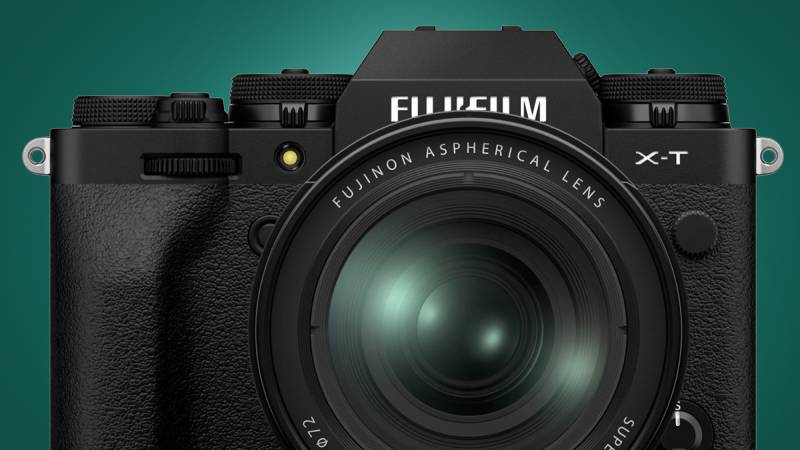With the launching of the $799 X-M5, Fujifilm has revived the 11-year-old “M” branding and produced its first camera under $1,000 in a long time. It’s largely targeted at budget-conscious photographers or vloggers wishing to upgrade from a smartphone because of that price. To reach that pricing range, Fujifilm film sacrificed some features, like as an electronic viewfinder (EVF), but it still sports the brand-new 26-megapixel X-Trans 4 CMOS sensor and decent video capabilities.
The X-M5 should handle fairly well for a camera without a viewfinder. It features a top setting dial with a new “Vlog” mode in addition to front and rear control dials. To assist social media users and producers in producing eye-catching images right out of the camera, it also includes the same film simulation dial as the X-T50.
You have simple access to a full GUI interface on the touchscreen when in vlog mode. Similar to Sony’s vlogging products, this contains features such a “portrait enhancer,” the background defocus, and product priority.
For vloggers, there’s a 3-inch, 1.04 million dot full-motion display on the back that’s bright enough to be used in sunlight (as we mentioned before, there’s no EVF). There are both headphone and microphone jacks for vloggers, but they’re not on the left side as is usual. Instead, Fujifilm has placed the 3.5mm microphone input on the back (where the EVF would normally be) and the headphone jack on the right. This is to prevent the display from touching the microphone or headphone cables when folded, as they do with other cameras.
The X-M5 is not at much a sports camera, but it can shoot at an impressive 20 frames per second in electronic mode or 8 frames per second in burst mode with a mechanical shutter (both with continuous focusing). Again, extremely respectable for such a small camera, it can shoot a reasonable 82/60 compressed RAW frames in those modes before the buffer fills.
With 6.2K open gate 3:2 capture, 4K 60p, and Full HD at up to 240 frames per second, video quality is also rather good (these specs match the X-T50 as you may have observed). A small amount of cropping is there for 4K 60p (1.18x) and FHD above 120 fps (1.29x), but everything else is one-to-one.
In-body stabilization is also absent, leaving the X-M5 with only the electrical stabilization offered by the lens. For 4K 30fps footage, there is a minimum 1.32x crop in the later mode, and a notable 1.44x crop while recording 4K 60p. When using LP (long play) recording, the compact body has additional overheating limits, however these can be mitigated with a $200 fan attachment.
Additional features include a single UHS-I card slot, up to 440 frames of battery life, high-speed movie transmission, a 9:16 short movie mode for TikTok makers, and three internal microphones that enable surround sound-like capture.
For $500 more than the X-T30 II, Fujifilm announced the X-T50, and I couldn’t figure out what the hell they were thinking. Now that we know, let’s hope that consumers on a tight budget will choose the X-M5 instead. Fujifilm also announced the 16-55mm f/2.8 (24-70mm full-frame equivalent) lens, which will retail for $1,199, and the XF500mm f/5.6 super telephoto (750mm equivalent), which is currently available for pre-order for $2,999. The former goes on sale today for $799.





